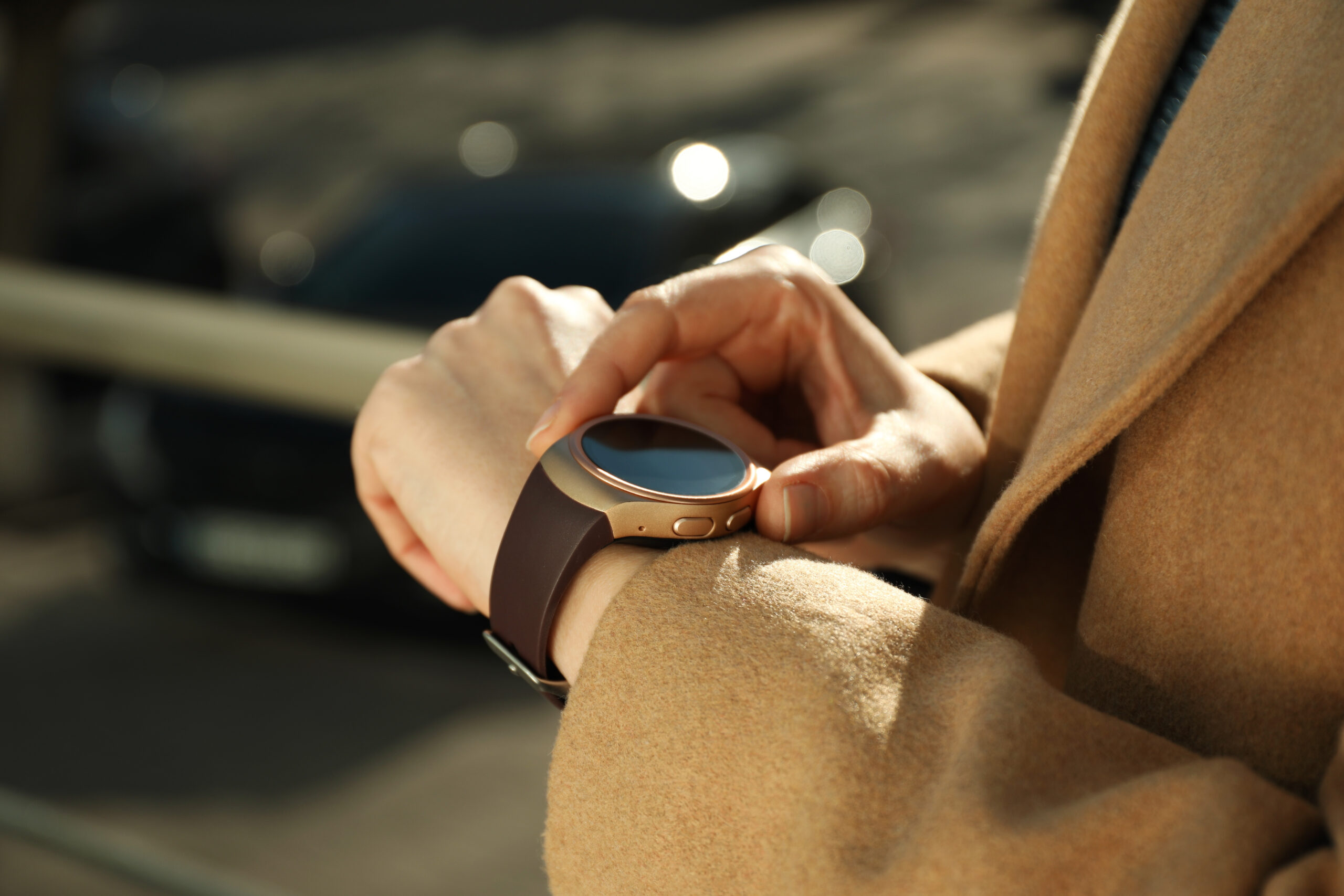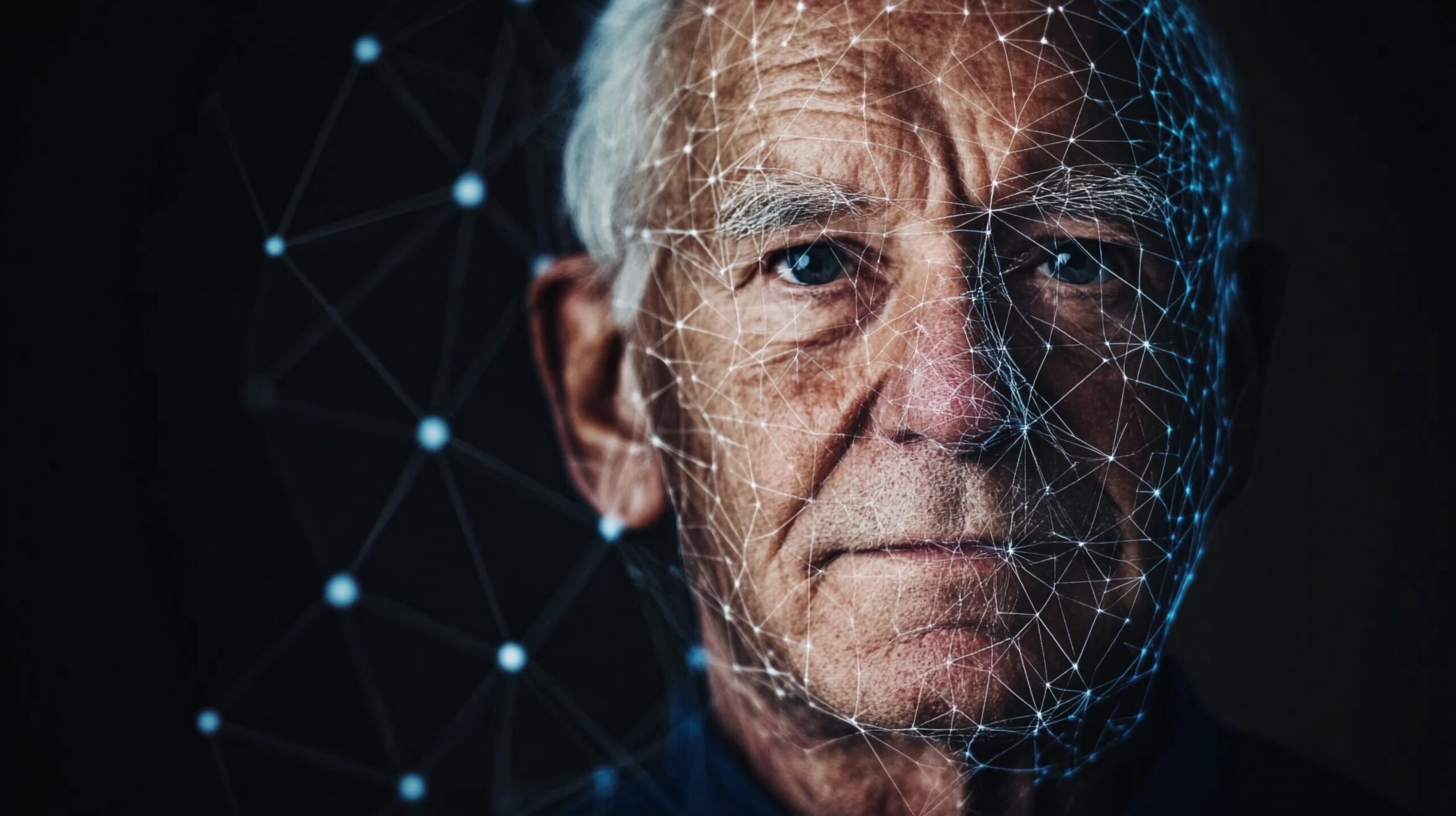Connected Technologies Are Changing the Future of Aging at Home
The home is no longer just where we age—it’s how we age. Welcome to the era of intelligent environments that turn longevity into liberation.

- PublishedJune 2, 2025
For centuries, aging has meant retreat: from work, from mobility, from relevance. We’ve built societies where the aging body is quietly escorted away from the pace of life. But that era is ending.
Not with fanfare, but with firmware.
Today, a silent revolution is taking place in the unlikeliest of places—living rooms, bedrooms, medicine cabinets. Connected technologies are reshaping how, where, and with what dignity we age. No longer confined to care facilities or reactive healthcare, aging is being reprogrammed for independence, autonomy, and even optimization—at home.
This isn’t about gadgets. It’s about rewriting what aging means.
From Passive to Proactive: The New Philosophy of Aging
Traditional models of aging rely on intervention after decline. Fall, then help. Forget, then diagnose. Decline, then adapt.
Connected technologies invert that logic.
By turning homes into smart ecosystems, we create preventive, predictive, and personalized aging environments. The goal isn’t just to extend life—but to expand living: safely, meaningfully, and with control.
What Are Connected Aging Technologies?
Connected aging technologies are a new breed of digital tools and devices designed to:
- Monitor health metrics in real time
- Adapt environments to changing needs
- Facilitate social and medical support
- Empower older adults to stay engaged and independent
These include:
- Wearables that track vitals, sleep, mobility, and stress
- Smart home systems that detect movement, automate lighting, prevent falls
- Remote monitoring tools for caregivers and physicians
- Voice assistants integrated with medication schedules, reminders, and emergency protocols
- AI-powered platforms that learn and adjust to the behaviors of the user
The connective tissue? Data. But this isn’t just surveillance—it’s augmented self-awareness.
Why Now? Why It Matters
We are living longer than any generation before us. But longevity without quality is a hollow achievement. In the U.S. alone, over 90% of seniors want to age in place, yet millions face institutionalization due to preventable issues: falls, medication errors, social isolation, undiagnosed conditions.
Connected technologies offer an alternative—aging in place, with intelligence.
They allow the home to become not just a container of life, but a collaborator in it. And they shift the role of healthcare from reactive treatment to real-time coaching.
Technologies Leading the Movement
1. Smart Wearables
More than step counters, today’s wearables track heart rate variability, oxygen saturation, gait stability, and even early signs of cognitive decline. Devices like Apple Watch, WHOOP, and Withings are being integrated into elder care plans, transforming data into daily insights.
2. Sensor-Based Monitoring Systems
Discreet sensors embedded in floors, furniture, and walls now detect patterns of movement, sleep disruption, and potential emergencies. These systems learn habits and flag anomalies—like skipped meals or unusually long inactivity.
3. AI-Enhanced Virtual Companions
Conversational agents are evolving beyond timers and trivia. Voice-activated systems like Alexa Care Hub or AI companions like ElliQ now offer interactive engagement, health reminders, and even emotional support—all personalized over time.
4. Telehealth and Remote Diagnostics
Telemedicine isn’t just for video calls. New tools allow for in-home diagnostics, medication adjustments, and therapythrough connected devices that transmit live data to providers.
5. Digital Therapeutics and Mental Health Platforms
Cognitive training apps, mindfulness aids, and mood-tracking tools are being tailored to older adults—helping prevent decline before it starts.
More Than Convenience: A Cultural Shift
What’s happening isn’t just technological. It’s cultural.
We are seeing the emergence of a new archetype: the digitally-empowered elder—someone who uses technology not as a crutch, but as an extension of their agency.
It reclaims aging as a phase of adaptation, not obsolescence. In this model, the home becomes a living interface, responsive to needs, rhythms, and goals. The result isn’t just safety—it’s sovereignty.
The Ethical Edge
With great data comes great responsibility. As we wire the homes and habits of older adults, questions arise:
- Who owns the data?
- How is privacy protected?
- Is constant monitoring empowering or invasive?
The underground has always been where these questions are asked first—and loudest. Connected aging must be designed with consent, control, and dignity at the center, or it risks replicating the very paternalism it aims to replace.
The Future Is Adaptive, Not Assisted
We are moving from the era of assisted living to something bolder: adaptive living. Homes that learn. Devices that protect. Networks that care—without intruding.
Aging no longer means stepping back. It means tuning in, more precisely, more personally, more powerfully.
And maybe that’s the most radical thing connected technology offers: not immortality, but intentionality.
Some Thoughts
The future of aging isn’t coming. It’s already here—coded into the sensors, platforms, and quiet algorithms now populating the homes of millions.
But it’s not the tech that matters most. It’s the philosophy behind it: aging with presence, precision, and power.
Because aging at home shouldn’t mean disappearing into the background. It should mean taking your place at the center of a connected, conscious life.
This is Dawn of the Underground. For Ravoke. Reporting not from the future—but from the smart home next door.
#ConnectedAging #SmartHomeLongevity #AgingInPlace #TechForSeniors #FutureOfAging #RemoteCare #WearablesForWellness #DawnOfTheUnderground #RavokeUnderground








